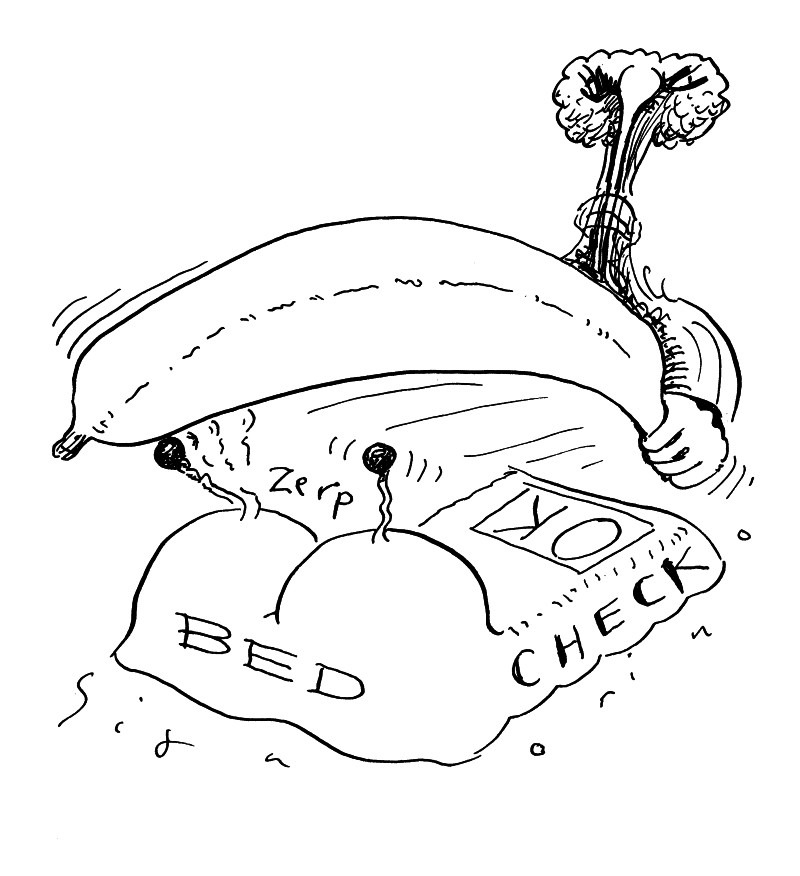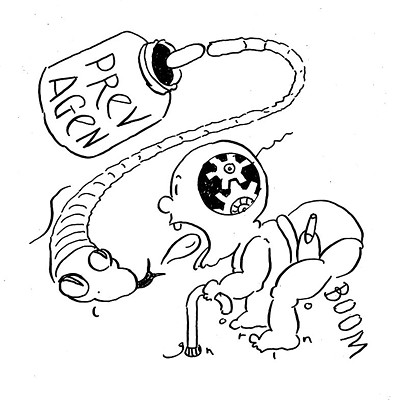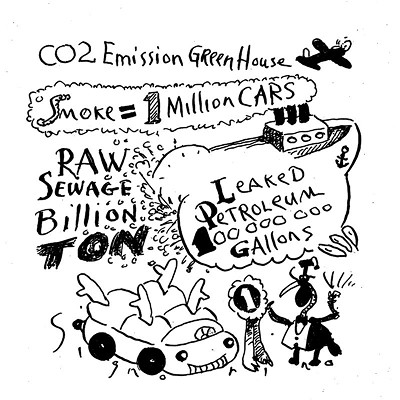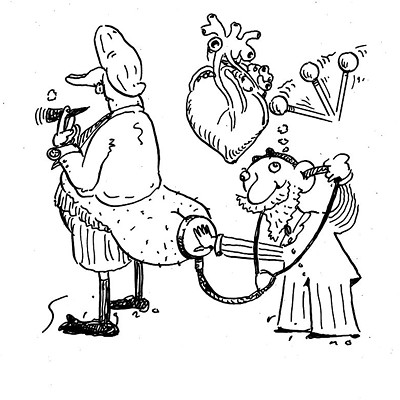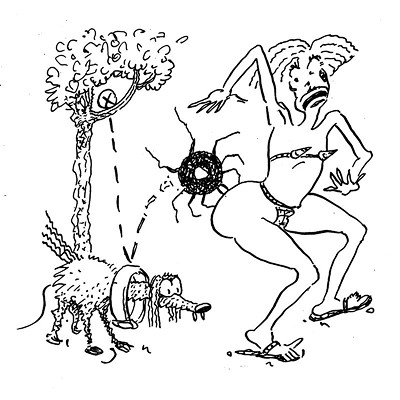Are bananas radioactive?
My boyfriend says that bananas are so radioactive that they’re listed as a dangerous food. Is he right? —Sarah
LET’S split the question in two, Sarah. Are bananas radioactive? Sure. In fact, a few decades ago, a government physicist with a knack for public relations created what he called the banana equivalent dose, or BED, which proposes one banana’s worth as the measure of a minuscule amount of radiation. He was trying to convey the notion that minuscule amounts of radiation are something we encounter everywhere, including, yes, the produce section.
Are bananas, by virtue of their radioactivity, dangerous? If that logic attracts you, you’ll want to spend tonight on the sofa. Over a year, sleeping next to your boyfriend (who does seem a little credulous, if we’re being honest) is liable to expose you to one millirem of harmful radiation—about a hundred times more than you’ll get from eating the average banana, and thus 100 BEDs.
Physicists call this background radiation, which we absorb constantly from sources both natural (like radon gas, the result of uranium breaking down in the soil) and manmade (like nuclear power plants).
In this case, both boyfriend and banana contain the element potassium, which winds up in the body via food and in food via soil, fertilizer, etc. (If you’re a gardener, you know potassium as one of three primary elements your plants need to grow, the other two being nitrogen and phosphorus.)
Bananas are a good source of potassium nutritionally, but the amount they contain is small: only about four grams per kilogram. Now, about 0.01 percent of all potassium occurs in the form of the unstable though extremely long-lived isotope potassium-40, or K-40.
Roughly one in eleven times K-40 decays, it converts to argon-40. Ar-40 is stable, but conversion from K-40 leaves it briefly in what’s called an excited state, overcharged with energy. In transitioning to its normal energy level, or ground state, it kicks out a harmful gamma ray.
Within the earth’s interior, potassium-to-argon conversion is occurring continually on a beyond-massive scale. The radioactive output of a single banana, though, is genuinely teeny—fractions of fractions of fractions.
But what about, like, a whole bunch of bananas? I mean, truckloads of the fruit have been known to trigger radiation sensors at international borders. There are some countries in Africa where bananas constitute up to a quarter of the caloric intake. What’s the deal there?
First of all, kudos for your command of international nutrition stats. Second, outside of a shielded laboratory environment, taking an exact measurement of bananagenic radiation is tricky. Doesn’t mean we can’t try, though.
I sent my assistant Una to the nearest grocery to gauge conditions in the field. She started by measuring the ambient radiation in the air at the store: eight microrems.
Then Una measured the radiation in the banana bin: 15 microrems. Progress at this point was interrupted by a store manager’s inquiry regarding the customer wielding the Geiger counter. Having justified her presence, Una broadened the investigation. Idaho potatoes? Eleven microrems. Kitty litter? A whopping 19.
Not to unduly freak your boyfriend out, but Brazil nuts, lima beans, and red meat can all produce Geiger readings as high as or higher than bananas do.
Exposurewise, then, there’s not much of a threat here. Dietwise, I asked Una to crunch the numbers. The key here is that (assuming normal kidney function) potassium doesn’t accumulate in the body; the K-40 you’re dealing with is whatever you’ve recently ingested.
Thus, according to Una, in order to get radiation poisoning—not even die—from consuming bananas, you’d have to put away 82,552,779, a meal after which, obviously, radiation is going to be the least of your bodily concerns.
So that’s the micro to the macro. What about the other way around? Here we find some wit at Forbes trying to downplay the effects of the 2011 nuclear meltdown at Fukushima by comparing the radiation emitted there each hour to 76 million bananas—only 76 million!
Humorless, sure, but these folks aren’t totally off-base. For instance, a 2014 op-ed column in South Africa’s Business Day endeavored to make the case that, in the wake of Fukushima, the proposed building of new nuclear power plants was really no big deal because, come on, bananas are radioactive too.
The guy who created the BED just wanted to demystify radiation, but I wonder if he’s developed any concerns about the concept’s half-life.

